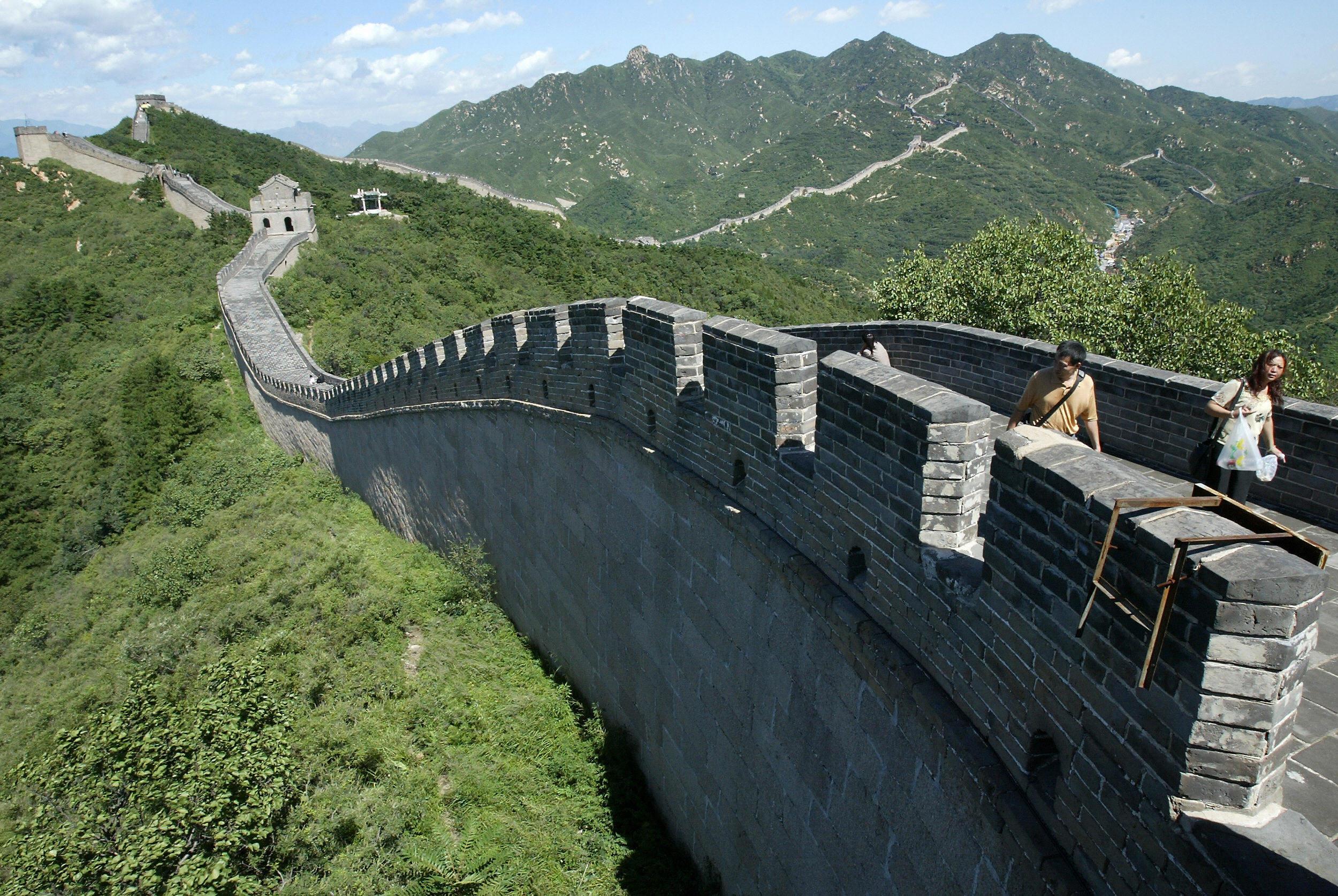Another question related somewhat to the Carpatho-Ukraine post: How did an area as large and geographically diverse as China eventually coalesce into one massive state, whereas similarly sized Western Europe fractured into many, despite several empires’ efforts to unify the continent over the decades?
A new paper by economists Chiu Yu Ko and Tuan-Hwee Sng of the National University of Singapore, and Mark Koyama of George Mason University, says the Mongols have a lot to do with it:
Historically, China faced a large unidirectional threat from steppe nomads. Europe confronted several less powerful external threats from Scandinavia, Central Asia, the Middle East, and North Africa. We show that if multitasking is inefficient, empires will be unstable in Europe and political fragmentation the norm. On the other hand, empires were more likely to emerge and survive in China because the nomadic threat threatened the survival of small states more than larger ones.
According to the authors, centralization has allowed China to experience faster population and economic growth during peacetime—we’re clearly in the middle of one of those periods right now—but the presence of multiple states in Europe protects different parts of the continent and makes Europe less vulnerable to economic shocks.
